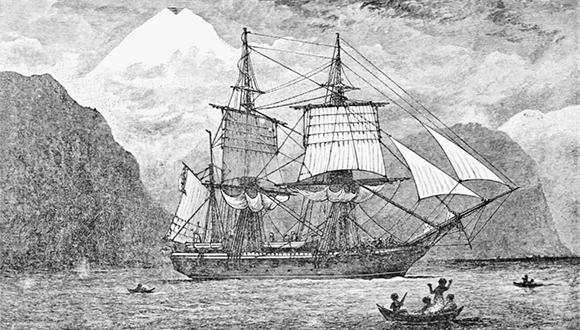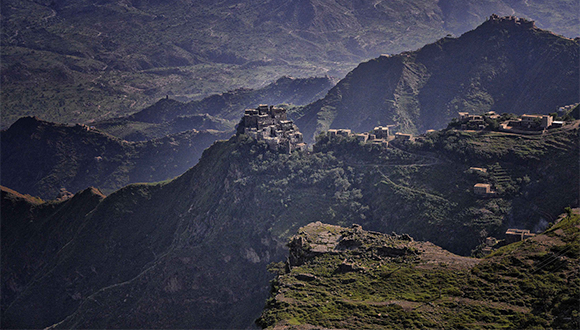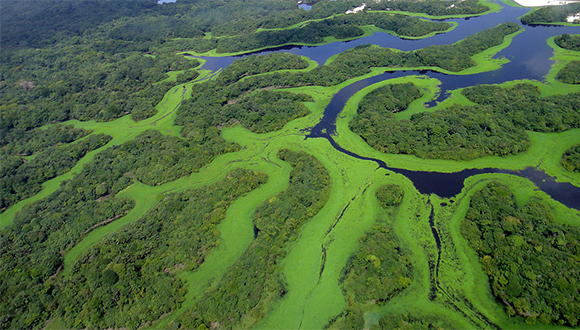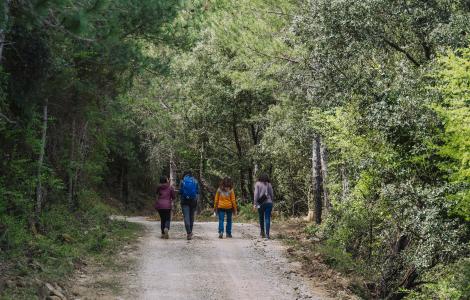About books, science and bureaucracy

In this post-Sant Jordi commentary, I should like to refer to just a few books of great quality and interest on some perhaps less well-known traveler scientists.

In his immense treatise Ecology (1974, Omega, Barcelona) Ramon Margalef recognized four roots of that science: 1) Description and ordination of the geographical landscape; 2) Practical topics on agriculture, livestock, etc.; 3) Physiology and ethology; and 4) Demography. On the first root, he recalled the relevance of the great explorers who observed the variations between the floras and faunas of the different territories. He also mentioned the ecological works of the great naturalists and travelers, as Darwin, Wallace or Bates. In this post-Sant Jordi commentary, I should like to refer to just a few books of great quality and interest on some perhaps less well-known traveler scientists.
A part of the first book treats on Darwin’s great journey, but it is mostly a biographical novel about the commander of the Beagle, Robert FitzRoy. The Spanish translation is Hacia los confines del mundo, by Harry Thompson (ed. Salamandra) and it exists as an e-book, its original title is This thing of darkness. This is a wonderful (and polemic) story. We learn that FitzRoy, who reach the position as commander when he was 23 years old, even if he had the mission of mapping the Tierra del Fuego coasts, he wanted also to demonstrate (according with his faith) that the Genesis was right; and (as a humanist) that all human beings were essentially equals. The story of his friendship with Darwin and the problems that came between them when Darwin began to understand that the Flood could not explain the different fossils levels and the changes in the species in them is fascinating, but the book presents so well FitzRoy creating the first meteorological forecasts and building the first network of observatories that permitted the United Kingdom to prevent storms coming from the Atlantic.
Whereas usually FitzRoy has been presented as a dogmatic man, in this book you will discover a more complex person who detested slavery, a cartographer and meteorologist and an eminent navigator to whom, later, the Royal Navy denied the ship’s commandment and send him to an impossible mission as the New Zealand’s governor...

Another extraordinary book is from 1962, Arabia felix: the Danish expedition of 1761 to 1767 (I know the French translation, La mort en Arabie, but the original work is in Danish), by Thorkild Hansen. The expedition was promoted by King Frederick V from Denmark and leadered by Carsten Niebuhr. Peter Forskál a botanist that was one of the most brilliant Linnaeus’ students, was enrolled in the journey. They needed two months to go from Denmark until Gibraltar, due to strong storms, and in the Mediterranean Sea, they were kidnapped by pirates. Once in Yemen, they collected many samples that they sent to Copenhagen, but the minister that launched the expedition lost his position and the boxes remained closed. The samples decomposed and became unusable.
It was just good chance that most of plant collections reached the herbarium of Sir Joseph Banks and after that of the Natural History Museum at London. Findings by Forskál were published 12 years after his death. Von haven, a Philologist, died en Yemen; Forskál, the artist Baurenfeind, the zoologist Christian Cramer and the assistant Berggren died, probably most of them due to a malign form of malaria frequent at Yemen, whereas they were travelling to India or after their arrival to India. During this time, three of the scientists died from malaria in Yemen. The fourth one decided to continue alone and traveled to Persepolis where he copied the inscriptions on stone under a ruthless sun. When he regain home, he was blind.

These Danish were science heroes that were abandoned by his country, like the members of the expedition described in the excellent Flores para el Rey: la expedición de Ruíz y Pavón y la Flora del Perú (1777-1788), by Arthur R. Steele (Ediciones del Serbal, Barcelona in 1982, the original in English, Flowers for the King…, is from 1964). Hipólito Ruiz and José Antonio Pavón were sent by Charles III to study the plants of the New World, in fact Chile and Peru, with a special interest for quinine. They obtained thousands of samples and drawings. A part was lost in the shipwreck of the San Pedro de Alcántara, another part was burnt in Mancora, during a fire. After many fantastic and very risky adventures, they came back to Spain still with a large amount of material. In Madrid's Botanical Garden herbarium remain around ten thousand herbarium specimens and 2,254 drawings, as well as some publications (specially some volumes of the Flora Peruviana et Chilensis, that was never finished), where a number of new species was described.
But the illustrated epoch of King Charles III, when Spain had a role in the world of science, had past. Charles IV had no interest in the subject. The two botanists lost their salaries and any place to work, and also became in conflict with other botanists that not followed, in Ruíz’s opinion, so strictly the Linnean system (i.e. Cavanilles). Too many adversities followed. After the Independence War and Ruíz’s death in 1816, Pavón lived under Ferdinand VII, to end in an extreme poverty. The Flora remained unachieved. A third scientist, Tafalla, stayed in Peru, but also hindered many problems. However, this was the most "successful" scientific Spanish expedition to America.

The fourth book I recommend is El río: Exploraciones y descubrimientos en la jungla amazónica, by Wade Harris (Pre-Texts, Valencia 2004, the original English, One River, published in 2001, exists in e-book). It narrates the expeditions of the ethnobotanists Richard Evan Schultes (a professor at Harvard, travelled between 1941 and 1953, initially sent as a part of a Rubber Program, rubber being an strategic product whose shortage could paralyze the USA war machinery) and, later, those of his disciple Timothy Plowman and Harris himself (between 1974 and 1975). Harris was a close friend of Plowman, and became motivated to write the book after Plowman’s death in 1989.
There was also in this case a lot of bureaucratic frustration for the scientific work: the Rubber Program was abandoned and the defense by Plowman of the coca culture and its role in farmers diet does not prevent the systematic attempts to destroy the plantations by the USA government. The book is attractive not only due to the Schultes interest in hallucinogenic peyote and other plants, but also because its general scientific interest, the travels difficulties and also the Harris ability as a writer. Recently, it has been released in Spain a Colombian film directed by Ciro Guerra and filmed in a wonderful black and white, partially inspired by the Schultes’s search of “sacred” plants, El abrazo de la serpiente.

A last brief comment: these four great stories (and many others similar, like the Australasian Antartic Expedition 1011-1914, by Sir Douglas Mawson, with also some scientists dead, whose results remained unpublished until 1948 by a sad inefficiency of the South New Wales government) share an aspect that I have mentioned. The scientists were the victims of the bureaucracy, in some cases until the martyrdom. Only a heroic tenacity permitted them to persevere until dramatic endings. This offers a lesson that can be still useful: conflicts between scientists and bureaucracy must be considered a constant and the cases I comment here are just extreme examples that reached tragic levels.
Noticias relacionadas

El IPBES publica dos informes para transformar la forma en que nos relacionamos con la naturaleza, conservarla y sobrevivir

El impacto social de la investigación se consolida en la cultura científica del CREAF



